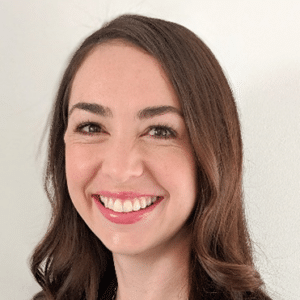
Shona Goldsmith
Senior Research Fellow, Cerebral Palsy Alliance
I started my career as a paediatric physiotherapist. I loved the opportunity to develop special, lasting relationships with children and their families. But I could also see the significant challenges they had to deal with on a daily basis.
Working in research gave me the opportunity to step back and look at the bigger picture.
I wanted to know that the therapy people were being given was the most effective it could be. I also wanted to see whether there were opportunities to prevent CP so fewer families have to go through this experience.
It’s never easy to secure funding for research. That’s why I’m so grateful to everyone who supports our Research Foundation.
It’s an extremely exciting time to be involved in cerebral palsy research. For the first time ever we’ve seen a significant decline in the rate of CP – from 1 in 500 to 1 in 700 live births. The decline was mostly seen in babies born extremely preterm (20-27 weeks) and at term (37+ weeks). It’s great news, but there’s still a lot of work to be done.
There are many different causes of cerebral palsy. There are lots of types of injury to the brain and many different clinical outcomes – people may only have a minor disability, or they may be very severely affected. Therefore when it comes to prevention, it’s not a one size fits all approach. We don’t expect there will be a single intervention or prevention strategy that will work for everyone.
The recent reduction in the rate of cerebral palsy is due to many different improvements in maternal and neonatal care rather than one single ‘silver bullet’.
We believe the decline is thanks to the work of clinicians and researchers across midwifery, obstetrics, neonatology, paediatrics, basic science, epidemiology and public health. CP Registers have been invaluable at this time allowing us to identify this change in rates – without the registers we wouldn’t know!
Our research has shown that factors including genetics and infections are helping us to identify children at risk of CP much earlier, while they are still little babies rather than the historic ‘wait and see’ approach. Early intervention can then be provided which capitalises on periods of neuroplasticity (a time when the brain can create new pathways). It’s a very exciting space and lots of research is being done.